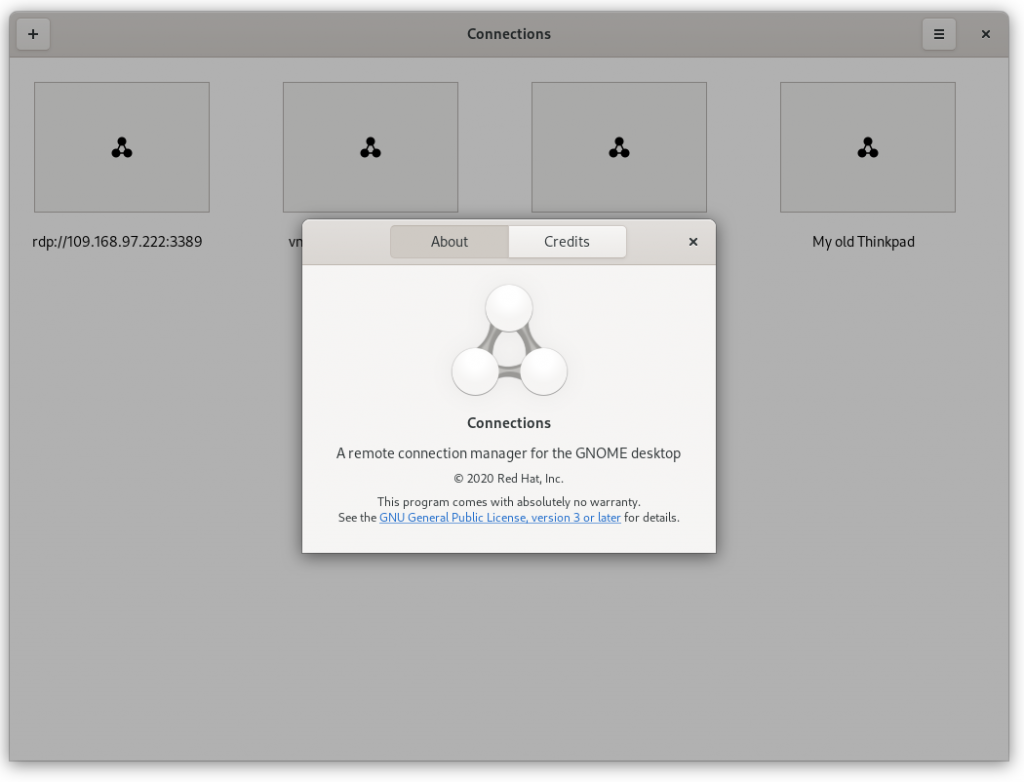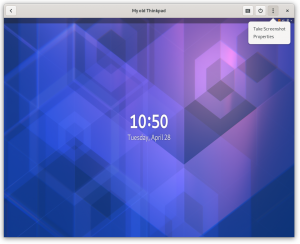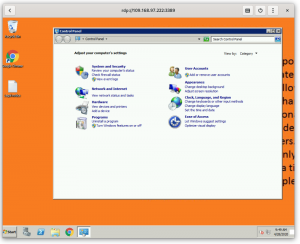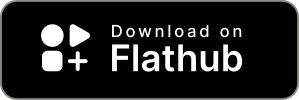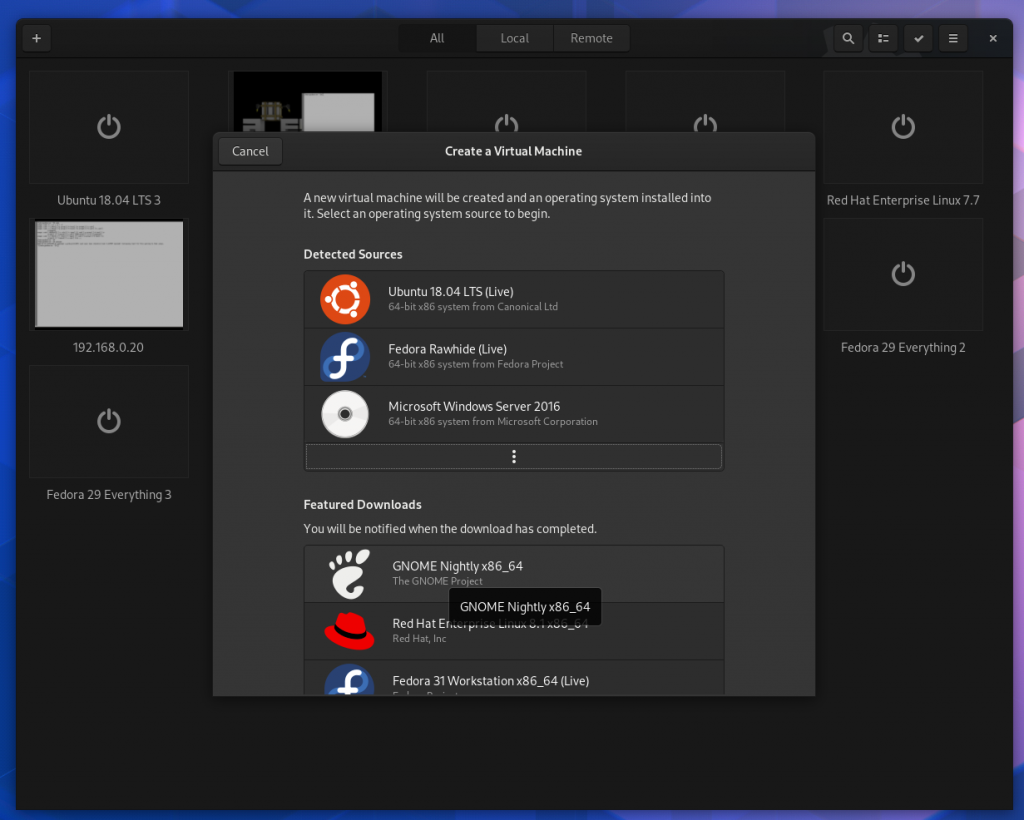It is Google Summer of Code season again and this year the GNOME project is lucky to have 14 new interns working on various projects ranging from improvements in our app ecosystem to core components and infrastructure.
The first period, from May 4 to June 1, is the Community Bonding period. Interns are expected to flock into our communication channels, ask questions, and get to know our project’s culture. Please, join me in welcoming our students and making sure they feel at home in our community.
This year we will be using Discourse as our main communication channel regarding the program, therefore if you are a mentor or intern, please make sure to check https://discourse.gnome.org/c/community/outreach for announcements. Feel free to create new topics if you have any questions. The GNOME GSoC admins will be monitoring the Outreach category and answering any doubts you might have.
Here is the list of interns and their respective projects https://summerofcode.withgoogle.com/organizations/5428225724907520/#projects
Tips for students
First of all, congratulations! This is just the beginning of your GNOME journey. Our project is almost 23 years old and likely older than some of you, but our community gets constantly renewed with new contributors passionate about software freedom. I encourage you to take some time to watch the recordings of Jonathan Blandford’s “The History of GNOME” talk in GUADEC 2017 so you can grasp how we have grown and evolved since 1997.
The first thing you want to do after celebrating your project’s acceptance is to contact your mentor (if they haven’t contacted you first).
Second, introduce yourself on our “Say Hello” topic! Don’t forget to mention that you are in GSoC 2020, the project you will be working on, and who’s your mentor.
Third, set up a blog where you will be logging your progress and talking directly to the broader community. In case you need help with that, ask your mentors or the GSoC admins. Intern blogs get added to Planet GNOME, which is a feed aggregator of posts written by dozens of GNOME Foundation members.
Many of us read Planet GNOME daily! Besides, some of our active contributors have participated as interns in past editions of GSoC. You can dig for their blogposts and get a better sense of how these progress reports are written.
It is totally normal for you to have questions and doubts about the program, to help with that, we will be hosting a Q&A on May 12 at 17:00 UTC in our RocketChat channel. All of you will receive an invitation by email this week too. If you can’t make it, feel free to join the channel at any time and ask questions there as well.
If during your internship you have a problem with your mentor (lack of communication, or misunderstandings, or deep disagreements, or
anything else), don’t hesitate to report that to the GNOME GSoC administrators.
Last but not least, have fun!
